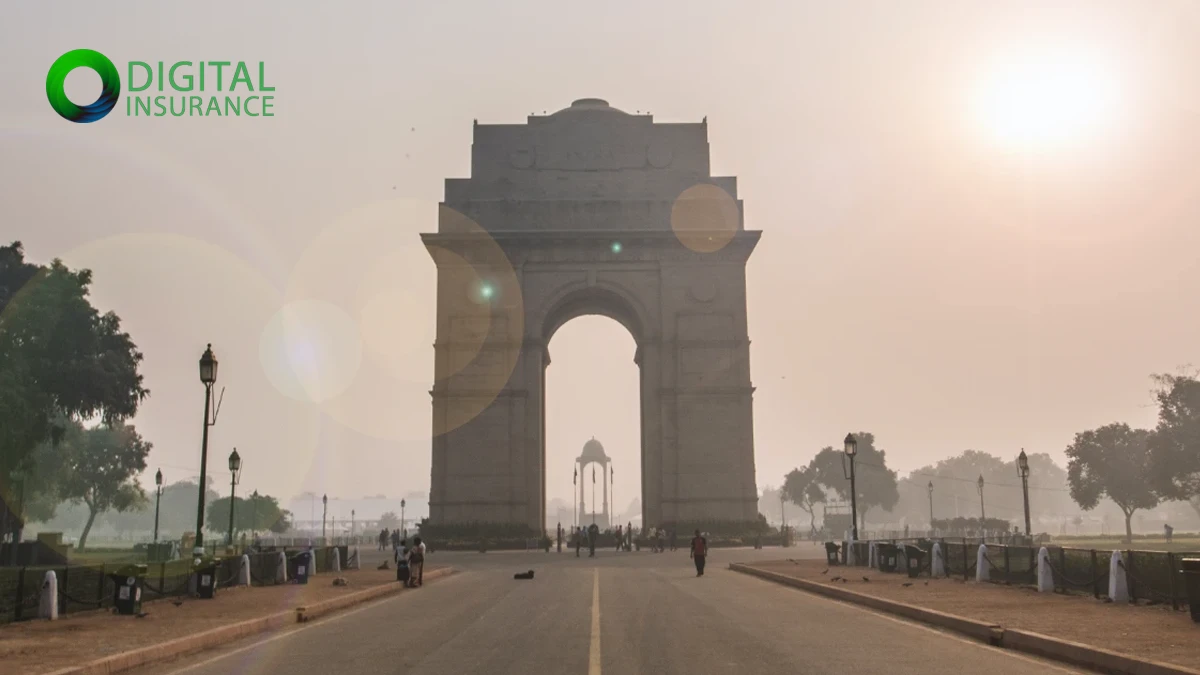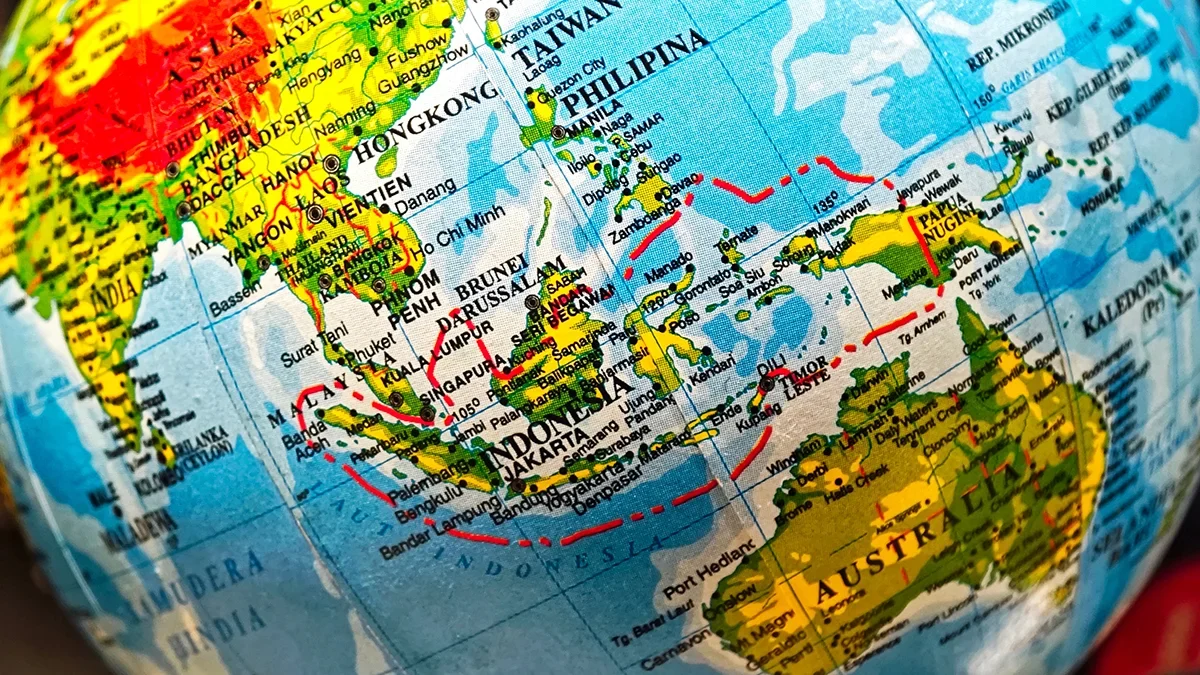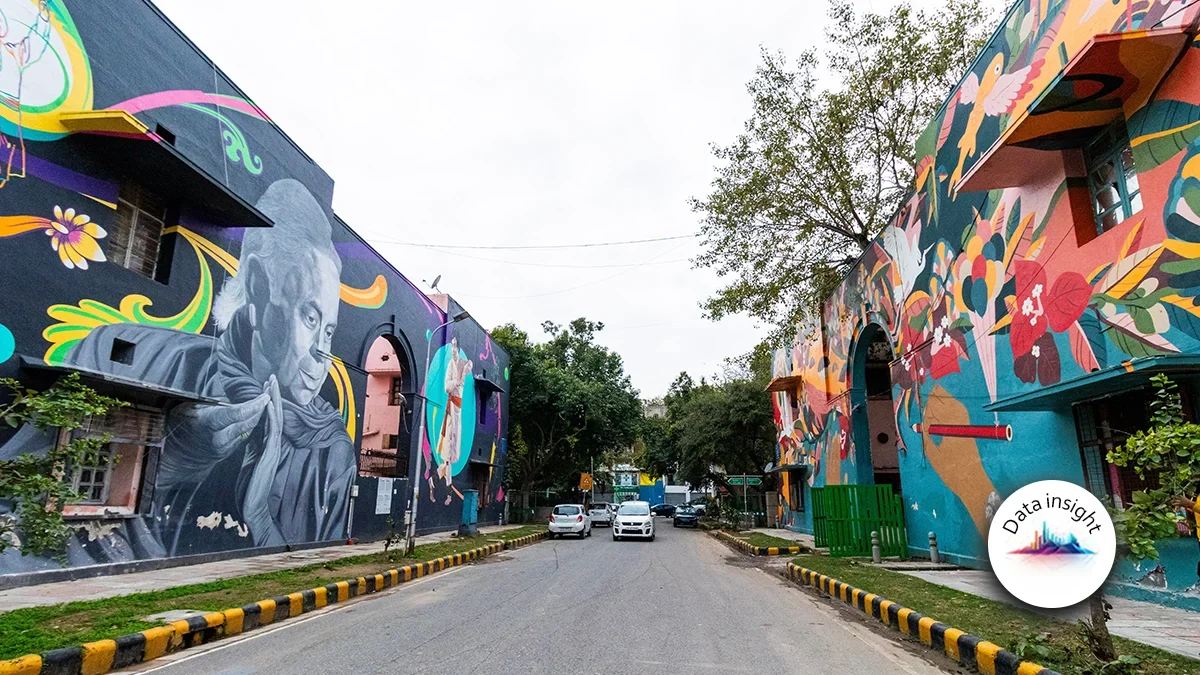(Re)in Summary
• The insurance broking space in India is heating up, especially in the retail segment, with new players and growing digitalisation, experts at the Digital Insurance APAC 2024 conference said.
• Smaller insurance companies have an advantage in creating customer value due to their nimbleness and ability to quickly launch new products.
• A new generation of products and more digitalised customer experiences could potentially emerge from optimised insurer-broker-vendor relationships.
New players and growing digitalisation are intensifying competition in insurance broking in India, particularly in the retail space, with brokers leveraging data and platforms to streamline operations and expand their business. Smaller companies that can adapt quickly are likely to benefit the most.
Speakers at the Digital Insurance APAC 2024 conference in Hong Kong on 27 June pointed to new pathways to innovation – and disruption – that are now open in India.
During a panel focused on digitalisation and technology for new insurer-broker partnerships, Amit Motwani, Corporate Vice President at Max Life Insurance used the example of web aggregators taking up online insurance broking licences.
In the context of these web aggregators, Motwani said, “The regulator recently opened in the Indian market. Anybody, even smaller players, can become a broker, and they reduced the thresholds.”
A result of the regulatory changes is that the entry barriers have changed. “Web aggregators started offering products from all insurance companies to the same client very easily in a simple, seamless fashion,” he added.
John Morley, APAC CEO for Strategy and Technology at Aon, agreed that India is experiencing “a huge amount of deregulation” in broking, which is resulting in rapid changes.
Another example is that brokerages in India have started recruiting digital points of sale, which can be onboarded within 72 hours, said Motwani.
Amit Motwani
Corporate Vice President at Max Life InsuranceWith internet and smartphone penetration rising sharply in recent years, insurers and brokers now have an opportunity to utilise online channels to reach many more consumers at relatively low cost.
Kim Yan Lim, Regional Sales Growth Leader at APAC Market Experience, highlighted how digitalisation is helping Indian brokers, who can now “collect a lot of data” through digital platforms to better understand customer behaviour and customise products as well as tap into claims data for pre-underwriting of existing customers.
Lim added that this enhances the customer journey through the quick issuance of micro-insurance with just a few clicks. “It also boosts brokers’ ability to achieve their targets a lot easier by converting leads to sales and deepening customer relationships,” she said.
Small insurers’ edge
This new expectation of rapid change may benefit smaller insurance companies, which may have a distinct advantage over larger competitors when it comes to creating customer value through new product development.
“The advantage with smaller insurance companies or new insurtech startups is that they are much nimbler. For a large agency or bancassurance company, it is very difficult to just launch a new product and then quickly withdraw it if it doesn’t work,” Motwani said.
However, he also acknowledged that reducing customer acquisition costs remains a challenge, as bigger tech players capture an increasing share of online advertising spend.
He argued that insurers can only create true customer value in two ways. The first is by lowering customer acquisition costs. The second is by improving underwriting and risk assessment to price products more accurately.
“That’s when insurers can realise efficiencies and pass those savings onto customers through lower premiums,” Motwani said.
An insurtech ecosystem
In the next three to five years, India’s insurance industry may be poised for major changes as digital technologies enable new products and platforms through an ecosystem model, panelists said.
Lim believes there is “a lot of untapped potential” that will be realised within this timeframe.
“You don’t have to build the system or platform in-house. You can collaborate with platforms where they provide the digital sales platform, and where they also embed automated underwriting solutions on the platform,” Lim said.
























